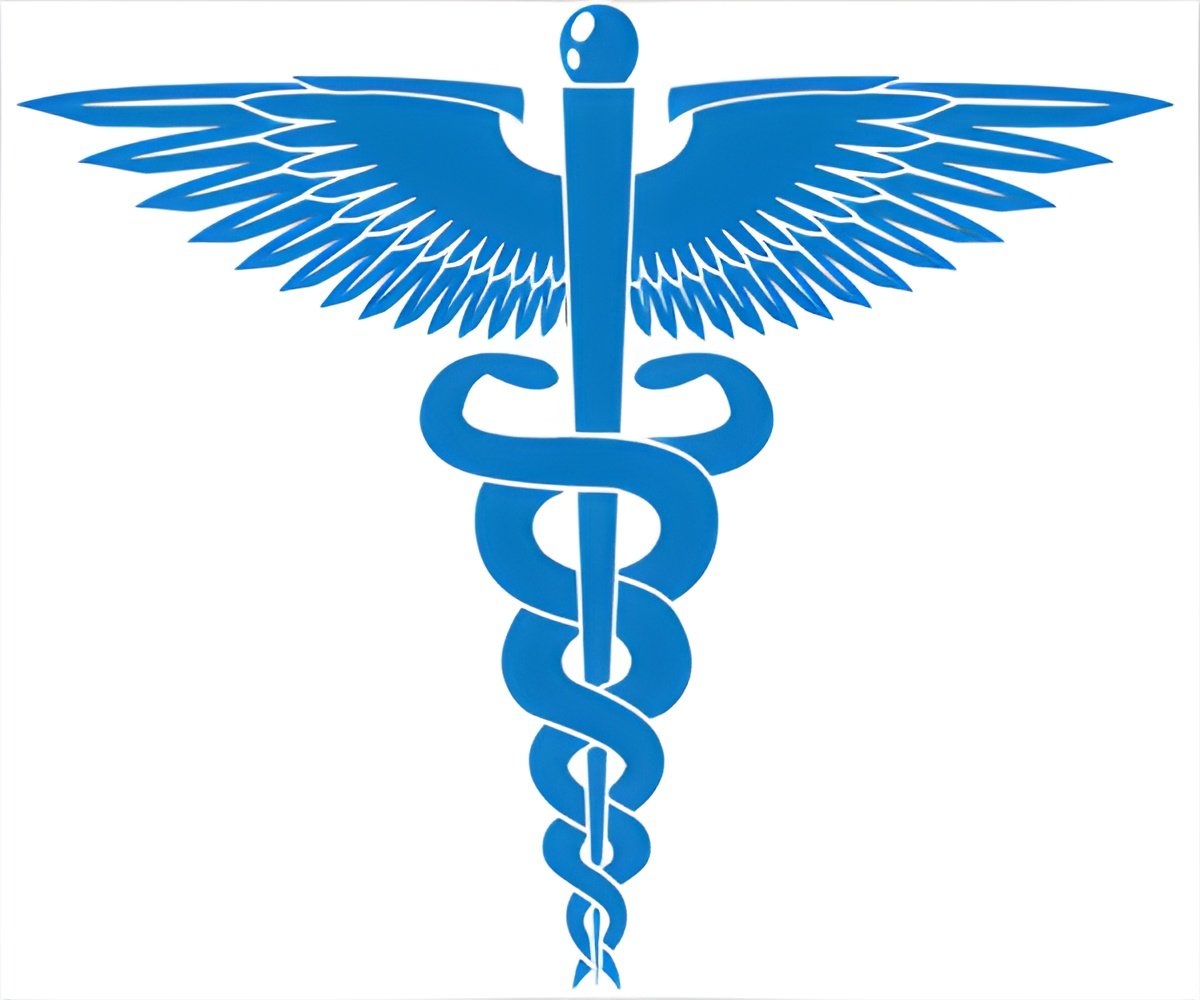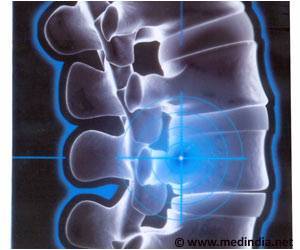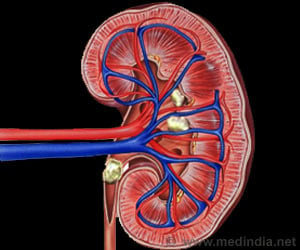Detailed blueprints of the molecular moving vans that ferry zinc everywhere it's needed through the blood have been created by scientists.

‘Using X-ray crystallography, scientists have created colorful images of how zinc actually binds to serum albumin.’





The new work represents an international collaboration among researchers at the University of Virginia School of Medicine
and colleagues at the Universities of South Carolina (Maksymilian
Chruszcz), Warwick (Claudia A. Blindauer) and St. Andrews (Alan J.
Stewart).
Surprising Findings
Zinc is carried through the body by a protein known as serum albumin. Scientists had expected there would be a primary binding site where serum albumin binds with zinc, and the UVA researchers proved the location of that site. But the team, led by UVA's Wladek Minor also found several more secondary binding sites, revealing a more complex interaction than anticipated. "It's different than it was predicted before," said researcher Katarzyna B. Handing.
While computer models previously had been used to predict how serum albumin picks up zinc, Minor's team used a scientific technique called X-ray crystallography to create colorful images of zinc actually bound to serum albumin. The technique allows them to pinpoint the location of each particular zinc atom. It was a challenging task, but the resulting schematics allow scientists to see, for the first time, exactly how serum albumin and zinc come together.
A Healthy Balance
Advertisement
This is important because the body needs zinc, but too much zinc is toxic. So the body must make it available where it is needed, but, at the same time, it must prevent excessive buildup. If something goes wrong with the zinc regulation process, that can have a ripple effect, throwing the body's delicate balances out of whack and potentially having serious effects on health.
Advertisement
Ivan G. Shabalin, a research scientist in Minor's lab, noted that the research could help shed light on why certain drugs affect some patients differently than others.
"We are going towards an understanding of all these complex relationships," he said. "You have this one molecule [serum albumin], and you have hundreds - possibly thousands - of different molecules which bind to it. We need to understand all this interplay. By studying zinc binding to albumin, we are understanding this relationship deeper."
The findings have been published in the scientific journal Chemical Science.
Source-Eurekalert











